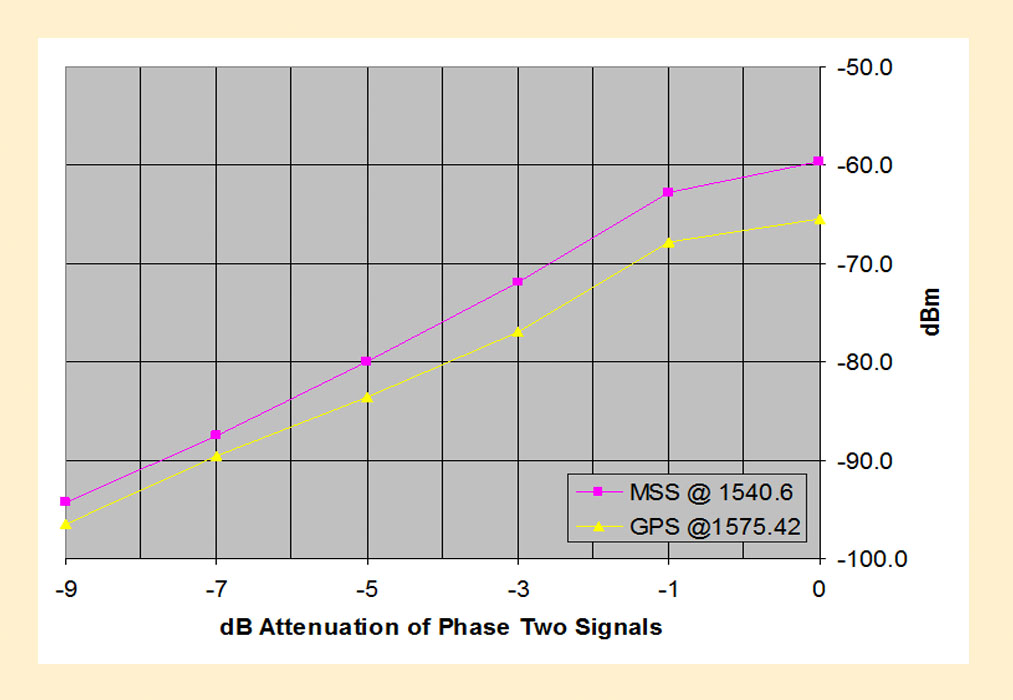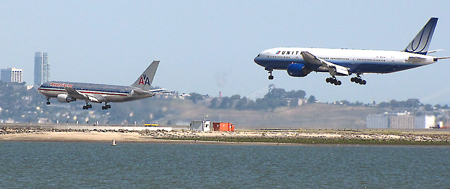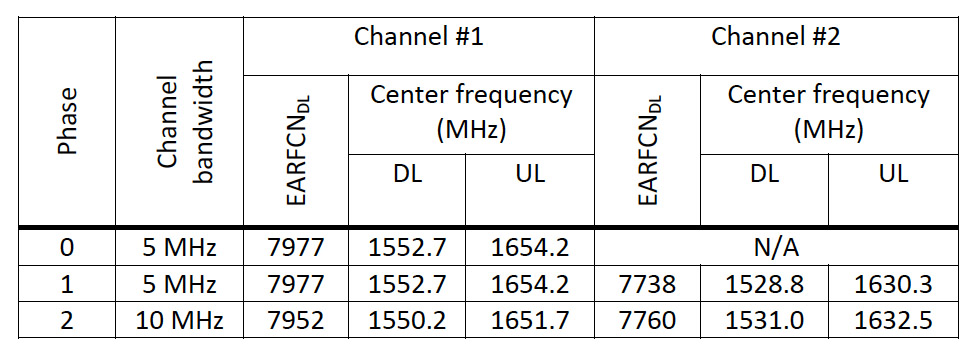Much of the research into the possible effects of the planned LightSquared cellular broadband transmissions near the GPS L1 band have focused on the saturation of the front end of GPS receivers caused by the high power of the terrestrial LightSquared base stations. In this article, an engineer with a long history in broadcast digital television takes a look at the likely effects on GPS receivers of third-order intermodulation products created by the LightSquared signals.
Much of the research into the possible effects of the planned LightSquared cellular broadband transmissions near the GPS L1 band have focused on the saturation of the front end of GPS receivers caused by the high power of the terrestrial LightSquared base stations. In this article, an engineer with a long history in broadcast digital television takes a look at the likely effects on GPS receivers of third-order intermodulation products created by the LightSquared signals.
As with digital television (DTV) receivers, GPS receivers have little RF selectivity to protect the receiver’s mixer from out-of-band signals. The Federal Communications Commission (FCC) frequency allotment plan minimizes the possibility of such interference between DTV signals.
In the past the FCC has prohibited terrestrial transmitters in the mobile satellite services (MSS) band, and, as a result, receivers of both kinds did not need costly RF filters, which would have increased the receivers’ noise figure. Modern DTV receivers generally use a tuner-on-a-chip, which is not only economical, but results in a negligible space requirement for the tuner.
Signals in adjacent bands may de-sensitize DTV and GPS receivers if they reach the mixer input and drive it beyond its so-called linear dynamic range. Mixers are limited in their dynamic range by the fact that they become non-linear when the total RF signal voltage approaches the voltage of the local oscillator (LO) at the LO port. This non-linearity: increases the conversion loss of the signal while it does not decrease mixer-generated thermal noise.
Desensitization may occur in various ways. A strong signal may cause a receiver’s sensitivity to decrease. One example is the use of wideband RF automatic gain control (AGC) in DTVs and possibly some GPS receivers. An undesired signal, say 20 decibels above the desired signal and near its frequency, may be detected by a wideband RF power sensor that then reduces the gain of the RF amplifier.
This has been the subject of most concern arising from the terrestrial broadband cellular transmitters that LightSquared has proposed to build across the United States as part of its so-called Fourth Generation/Long Term Evolution (4G/LTE) system. The matter is currently before the FCC, which has approved LightSquared’s plan pending an investigation of its potential interference to GPS receivers.
Intermodulation can also cause problems for wideband receivers, including GPS. This was the focus of the recently conducted research described in this article.






